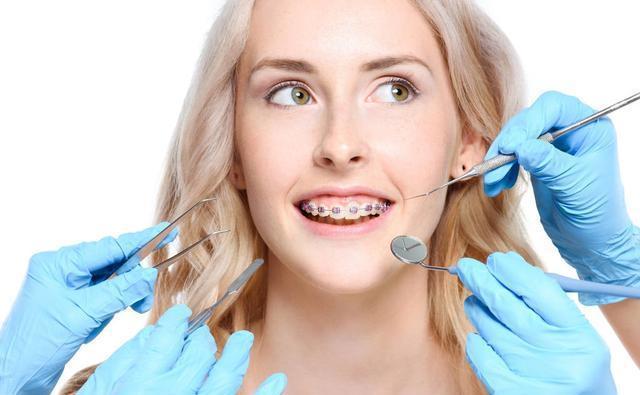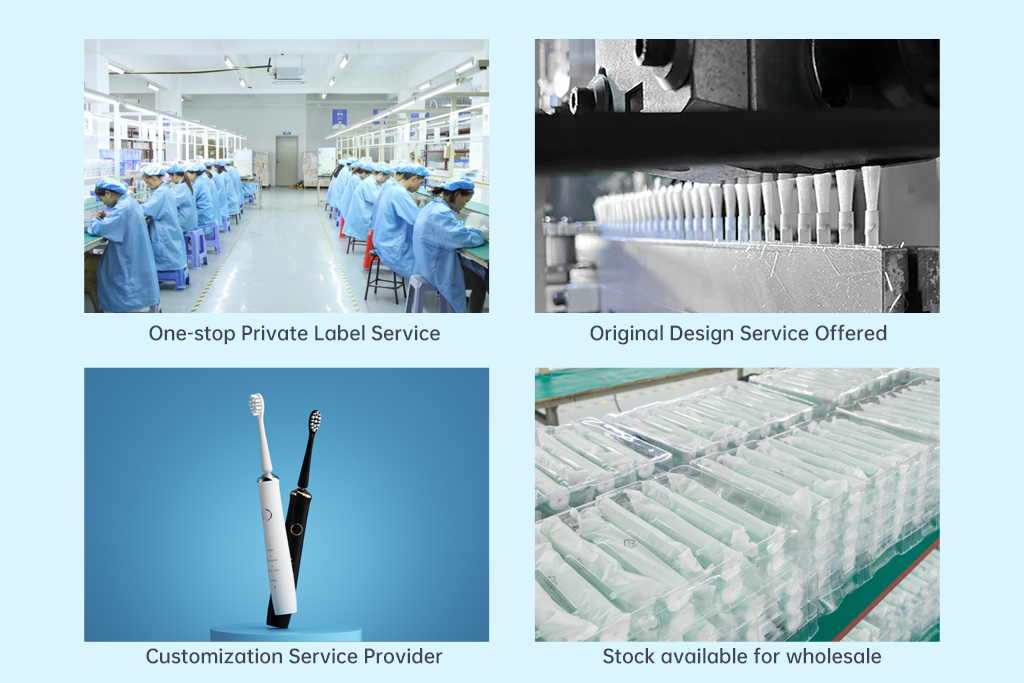Recently, reports have emerged suggesting that light burns from high-intensity whitening devices can inflame oral soft tissues and even contribute to bite misalignment as patients unconsciously alter chewing patterns to avoid discomfort. This controversy raises urgent questions for B2B manufacturers: How do device parameters, protocols, and training intersect to safeguard both cosmetic efficacy and occlusal health?
First, understand the chain reaction:
Thus, mitigating surface burns is critical to preserving natural bite patterns.
Moreover, certain design choices amplify thermal hazards:
By optimizing power density and exposure cycles, manufacturers can reduce light burns without sacrificing whitening speed.
In addition, gel chemistry interacts with light to influence burn outcomes:
Co-engineering gel composition and light parameters ensures balanced activation with minimal collateral damage.Company web:https://www.powsmart.com/product/electric-toothbrush/
Furthermore, clinical protocols can defend against bite shifts:
These measures maintain patient comfort and prevent compensatory chewing habits that lead to maladjustment.
.jpg)
.jpg)
Robust QA and monitoring close the safety loop:
Data-driven insights allow continuous refining of both hardware and protocols.
Finally, empower channels and end-users alike:
Informed partners and patients form the first line of defense against this emerging safety concern.
Conclusion
While advanced whitening devices deliver rapid cosmetic benefits, unchecked light burns can trigger bite misalignment through protective chewing adaptations. By harmonizing device engineering, gel formulation, treatment protocols, QA, and channel education, B2B manufacturers can resolve this safety controversy—ensuring brilliant smiles without compromising occlusal health. Contact us to co-develop next-gen whitening systems that balance power, safety, and bite stability!

Best Dentist-Recommended Braces Cleaning Products for Braces Wearers
Waterproof Failure Causing Material Toxicity? A Silent Risk in Oral Care Manufacturing
Electric Toothbrush for Plaque Removal – Professional Cleaning for Dental Businesses

Beyond Aesthetics: How Integrated Design Elevates Your OEM Electric Toothbrush
.jpg)
Is Your POWSMART Smart Rechargeable Toothbrush Leaking Battery?

Analyzing Oral-B Style Handle Technology: A Cost-Benefit Guide for OEM Brands

Affordable Electric Toothbrush Recommendations for Students: A Guide for Oral Care Brands

Is Kids’ Electric Brushing Really Safe?
.jpg)
Need a Transparent Electric Toothbrush Cost Breakdown to Build a Strong Electric Toothbrush Supplier Relationship?

Is Ultraviolet Sterilizing Water Flosser Becoming the New Favorite? How Do Brand Owners Select Professional Water Flosser Factories?
.jpg)
Is Sensitive Gum Electric Toothbrush Shedding Bristles?
Electric Toothbrush with App Connectivity – Smart Oral Care for B2B Markets
.jpg)
Can Cartoons Improve Brushing Habits?

Gingival Abrasion with Saliva Depletion – A Silent Crisis in Oral Care Design?
Are Erratic Brushing Mode confusion and Timers Failing Simultaneously?
Hose Cracks Causing Water Pressure Instability?

Private Label Whitening Gel

electric toothbrush heads Ultra Soft

Customization Teeth Whitening Gel

electric toothbrush heads Deep Clean

electric toothbrush heads Charcoal Infuse-Round
.jpg)
Florida Electric Toothbrush – Powsmart PTR-C8

electric toothbrush heads Regular Clean

Electric toothbrush heads Charcoal Infused-Diamond
whstapp
whstapp
National Toll-Free Service Hotline
+86 755 86238638